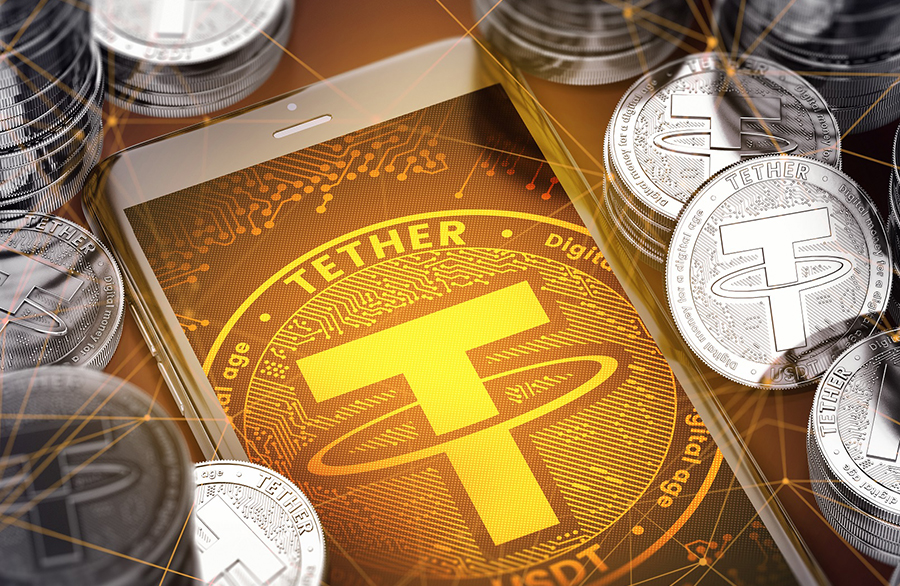
In the current market environment, stocks, bonds, and commodities are all on edge. The crypto market, however, has transformed unease into panic, attracting the attention of global regulatory agencies.
By the time of this writing, bitcoin’s price had plunged almost 50% from its all-time high due to traders who were concerned the Federal Reserve’s attempt to fight inflation might tip the economy into a recession.
However, TerraUSD implosion, a highly publicized crypto experiment, has led to a deeper sense of anxiety. A further alarm was sparked by the Tether devaluation on Thursday – a “stablecoin” that is marketed as a safe place for crypto investors to park their cash. The price of the flagship crypto dropped to as low as $26.3K
Since Tether and other traditional stablecoins are fully backed by hard assets, they’ve become the bedrock of the crypto market. These stablecoins can be redeemed for $1 at any point in time, so it serves as a hedge against volatility. Their use has risen among crypto companies, exchanges, and traders due to the market’s notorious swings.
The fuss about stablecoins
In March, stablecoins were valued at $180 billion, according to the Federal Reserve. In March, stablecoins were valued at $180 billion, according to the Federal Reserve.
- TerraUSD, an algorithmic stablecoin, rose to prominence during the boom. These coins have a value of $1 as well. To maintain their peg, they use financial engineering instead of hard assets.
- Global central banks, and credit agencies including the Fed, are alarmed by the sub-industry. A recent report cited a lack of clarity regarding what really backs stablecoins, as well as the fact that a few major players dominate the market with little oversight. If confidence is lost, then there is a likelihood of a devastating run, which ultimately threatens the entire digital economy.
- Some rated issuers could be adversely affected if crypto market volatility becomes severe if many regulated financial firms have increased their exposure to cryptocurrency, defi, and other forms of digital finance, FitchRatings recently added.
- Stablecoins may become subject to oversight by the country’s markets watchdog if the country brings them under the scope of electronic payments regulation.
- Stablecoins would also be subject to strict regulation in the European Union under separate proposals.
Last weekend, TerraUSD broke its peg to the US dollar for the first time. On Wednesday, it declined to 23 cents before recovering a little. In response to its creators’ emergency intervention, it last traded around 60 cents.
Bitcoin, too, was dragged down by the recent drop of tether against the dollar. Cryptocurrency has plummeted 10% in the past 24 hours as traditional investors have begun to buy-in.
In the broader financial system, crypto-assets represent a very small portion. However, powerful figures such as Treasury Secretary Janet Yellen are monitoring the situation, worried that the situation could prompt nasty and unpredictable aftershocks for investors.
The value of TerraUSD, a stablecoin, had declined, Yellen said when she testified before the Senate earlier this week. “This simply shows that financial stability is one of the risks associated with this product.”
Related
This news is republished from another source. You can check the original article here



